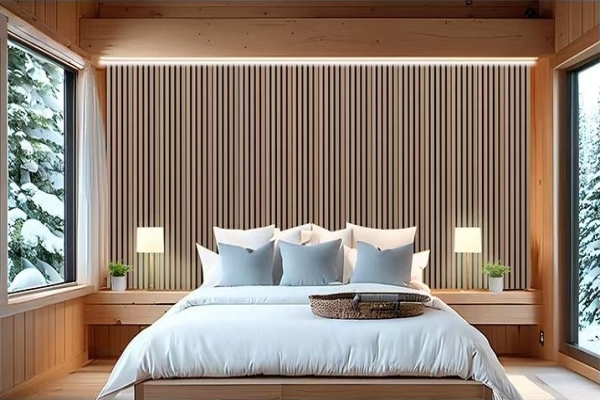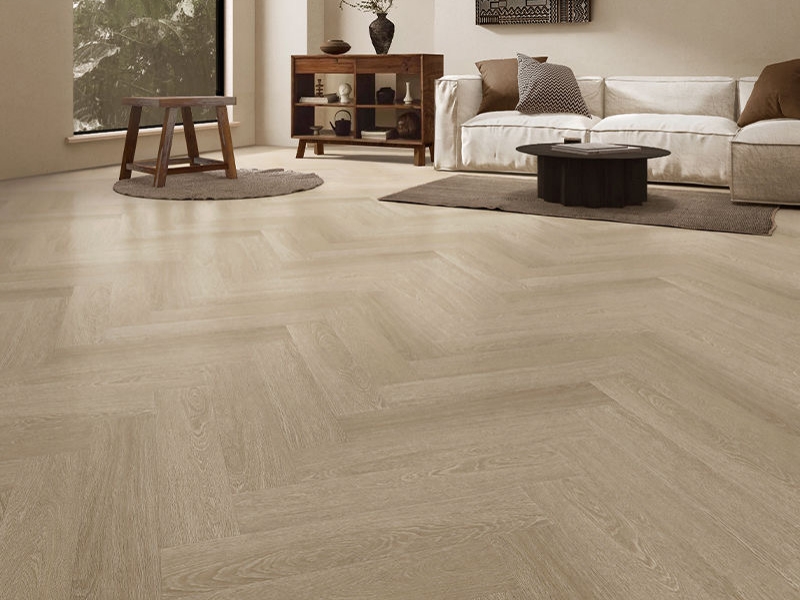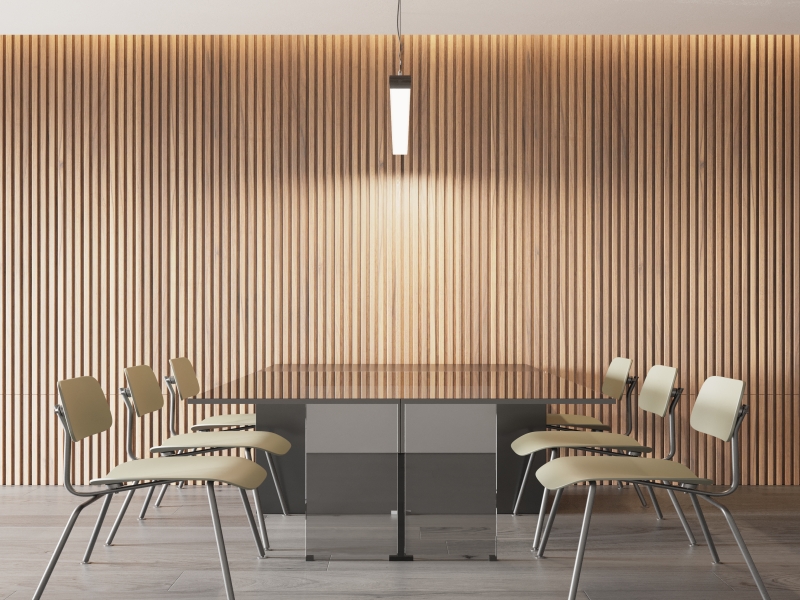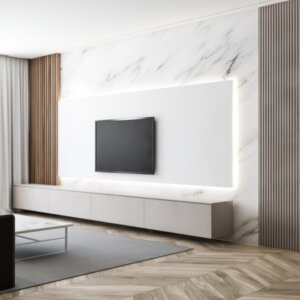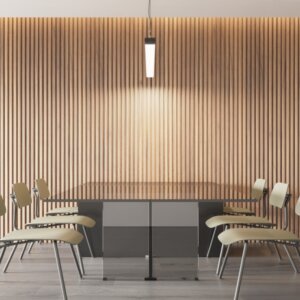Are Acoustic Wood Slat Panels Good for Soundproofing? A Comprehensive Guide
Acoustic wood slat panels have taken the interior design world by storm, offering a stylish blend of natural beauty and acoustic functionality. But as their popularity rises, so does the question: Are acoustic wood slat panels good for soundproofing? This article dives deep into their capabilities, exploring whether they live up to the hype as a soundproofing solution or if their strengths lie elsewhere. We’ll cover everything from their construction to their acoustic benefits, limitations, and alternatives, ensuring you have all the information needed to make an informed decision.
Introduction: Why Acoustic Wood Slat Panels Are Trending
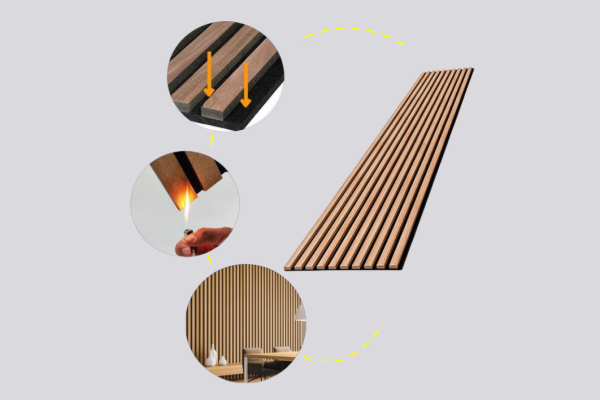
In today’s design landscape, acoustic wood slat panels are everywhere—from chic living rooms to upscale offices and cozy home theaters. These panels, featuring wooden slats mounted on a sound-absorbing felt backing, promise a two-for-one deal: stunning aesthetics and improved acoustics. Their rise reflects a growing demand for multifunctional spaces where beauty and sound quality coexist. But do acoustic wall panels work as well as they look? And more specifically, do acoustic panels soundproof a space effectively? This guide will unpack these questions, starting with the basics of sound management and moving into practical applications. Whether you’re a homeowner tackling noise issues or a designer seeking the perfect wall treatment, you’re in the right place.
The Difference Between Soundproofing and Sound Absorption Explained
| Aspect | Soundproofing | Sound Absorption | Practical Example |
| Primary Goal | Blocks sound from entering/escaping a room | Reduces echo/reverberation within a room | Soundproofing: Recording studio walls prevent noise leaks. Sound Absorption: Acoustic panels improve voice clarity. |
| How It Works | Uses dense, heavy materials to reflect sound waves | Uses porous, soft materials to trap sound energy | Soundproofing: Mass-loaded vinyl (MLV). Sound Absorption: Fiberglass or foam panels. |
| Best Materials | – Mass-loaded vinyl (MLV) | – Acoustic foam | Soundproofing: A home theater wall blocks outside traffic noise. Sound Absorption: A conference room reduces echo for clearer calls. |
| – Double-layer drywall | – Fiberglass panels | ||
| – Green Glue | – Fabric-wrapped panels | ||
| – Resilient channels | – Bass traps | ||
| Key Metrics | STC (Sound Transmission Class) – Higher = better blocking | NRC (Noise Reduction Coefficient) – Higher = better absorption | STC 50+ = Good soundproofing. NRC 0.8+ = Excellent absorption. |
| Where to Use | – Walls/floors between rooms | – Ceilings/walls in open offices | Soundproofing: Bedroom walls for privacy. Sound Absorption: Office ceilings to reduce noise buildup. |
| – Windows/doors | – Podcast rooms | ||
| – Home theaters, studios | – Restaurants, auditoriums | ||
| Common Mistakes | Using absorption materials to block sound (ineffective) | Assuming foam panels stop sound leakage (they don’t) | Wrong: Putting acoustic foam on a wall to block neighbor noise. Right: Adding MLV + decoupling. |
To understand whether acoustic wood slat panels are up to the task, we first need to clarify two key concepts: soundproofing and sound absorption. These terms are often confused, but they serve distinct purposes.
Soundproofing is about stopping sound from traveling between spaces. Think of it as building a fortress against noise—whether it’s traffic rumbling outside or a neighbor’s late-night TV binge. It relies on heavy, dense materials that block sound waves, sealing gaps to prevent leaks. Is wood good for soundproofing? Not inherently—wood alone lacks the mass to stop sound effectively, though it can contribute when paired with the right techniques.
Sound absorption, meanwhile, focuses on taming sound within a room. It reduces echoes and reverberation by soaking up sound energy, making spaces feel quieter and more pleasant. Does wood absorb sound? To some extent, yes, but it’s the porous materials—like the felt in acoustic panels—that do the heavy lifting. What do acoustic panels do? They dampen reflections, not block transmission.
Acoustic wood slat panels lean heavily toward absorption, not soundproofing. Their design excels at improving internal acoustics, but do acoustic panels reduce noise through walls? Not significantly. This distinction is critical as we evaluate their performance.
How Do Acoustic Wood Slat Panels Work to Manage Sound?
So, how do acoustic panels work in practice? Acoustic wood slat panels are cleverly engineered to balance form and function. Typically, they consist of wooden slats—crafted from oak, walnut, or similar woods—mounted on a thick, sound-absorbing felt backing. This duo tackles sound in complementary ways.
The slats scatter sound waves, breaking up harsh reflections that cause echoey rooms. Meanwhile, the felt absorbs sound energy, converting it into heat through its porous structure. Does felt absorb sound? Absolutely—it’s a star performer in this setup. Together, they reduce reverberation, making conversations clearer and music richer. Their Noise Reduction Coefficient (NRC) often ranges from 0.5 to 0.8, meaning they absorb 50-80% of the sound hitting them, depending on installation (an air gap behind boosts performance).
What are acoustic wall panels best for? Spaces like open-plan offices, restaurants, or living rooms with hard surfaces benefit most. Do sound panels work to improve acoustics? Yes—they’re excellent at deadening unwanted echoes. But do acoustic panels keep sound out or in? No—they lack the density to block sound transmission, a point we’ll explore further.
Can Acoustic Wood Slat Panels Provide Sound Insulation?
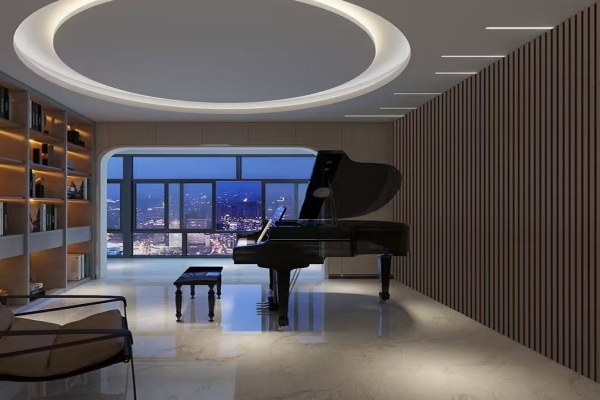
Here’s the crux: Can acoustic wood slat panels provide sound insulation? Unfortunately, not in the way many hope. Sound insulation (aka soundproofing) requires mass, airtightness, and often decoupling—qualities these panels don’t possess.
Sound travels as vibrations, and blocking it demands materials like mass-loaded vinyl or thick drywall that add weight to walls. Is wood a good sound insulator? On its own, no—it’s too lightweight and porous. Acoustic wood slat panels, with their open slat design and felt backing, are built for absorption, not obstruction. Do acoustic panels keep sound in or out? They might slightly muffle noise, but sound easily passes through the underlying wall.
Experts agree: these panels enhance room acoustics but falter at soundproofing. Will acoustic panels keep sound out from a noisy street? Nope—you’ll still hear the rumble. For true insulation, you need more robust solutions, which we’ll cover next.
What Are the Best Ways to Soundproof Your Walls?
If soundproofing is your goal, here are the most effective strategies to block noise:
-
Mass-Loaded Vinyl (MLV): It is a lightweight yet high-density material that bolsters a wall’s mass, making it a top choice for effective soundproofing without extensive construction. Its pliable nature allows for straightforward installation within drywall assemblies.
- Soundproof Drywall: Thicker and often infused with sound-dampening compounds, this drywall outperforms standard versions. Double layers with a damping compound like Green Glue amplify results.
- Decoupling Systems: These separate wall layers to stop vibrations. A system using clips and channels (similar to industry-standard solutions) isolates noise like bass or footsteps effectively.
- Insulation and Sealing: Rockwool or fiberglass in wall cavities absorbs some sound, while acoustic caulk seals gaps—crucial since sound sneaks through tiny openings.
Wood soundproofing can play a role if paired with these methods, but alone, it’s insufficient. What do soundproof panels do in this context? They complement by refining internal sound after the heavy lifting is done.
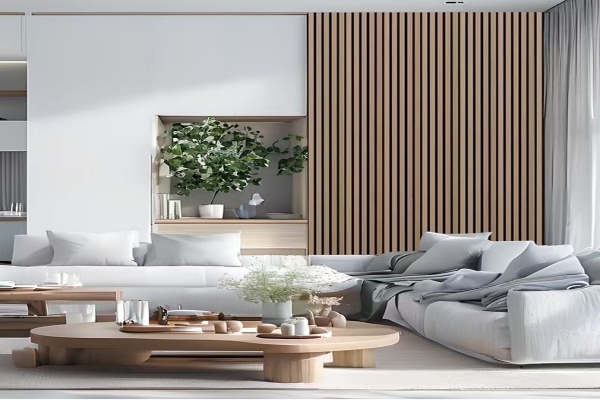
The Most Effective Way to Absorb Sound with Acoustic Panels
For absorption, acoustic wood slat panels shine. How does acoustic panels work to soak up sound? Their felt backing traps sound waves, while slats diffuse them, slashing echo in its tracks. The best approach? Strategic placement—cover walls or ceilings where reflections are worst, like behind a TV or in a dining area. More coverage equals better absorption, though even partial use helps.
Wooden sound absorption is enhanced by the felt’s porosity, making these panels ideal for lively spaces. How well do acoustic panels work here? Very well—think clearer speech in offices or cozier vibes in living rooms. They’re not the only option (foam or fabric panels work too), but their style sets them apart.
How Do Acoustic Wood Slat Panels Help Attract Attention?
Beyond acoustics, these panels are design magnets. How do acoustic wood slat panels help attract? Their sleek, natural look—think rich wood tones or bold painted finishes—turns walls into statement pieces. In commercial spaces like cafes or showrooms, they draw eyes while subtly improving sound. In homes, they add warmth and texture, making spaces Instagram-worthy.
Wooden acoustic wall panels combine functionality with aesthetic charm, delivering a unique balance that captivates both those prioritizing performance and enthusiasts of stylish design. Their versatility ensures they fit anywhere, from minimalist lofts to rustic retreats.
Conclusion: Striking the Perfect Balance
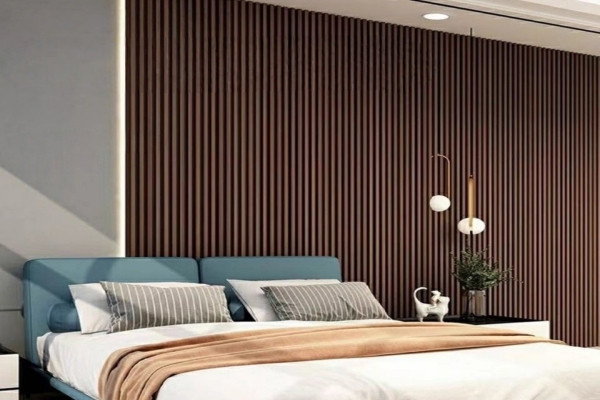
So, are acoustic wood slat panels good for soundproofing? Not really—they excel at absorption, not insulation. Do acoustic panels work to enhance a room’s sound? Absolutely, by cutting echo and boosting clarity. For true noise-blocking, opt for dense materials and systems. Whether you prioritize aesthetics, acoustics, or both, understanding these panels’ strengths ensures you choose wisely. Explore further resources to tailor your space perfectly.

